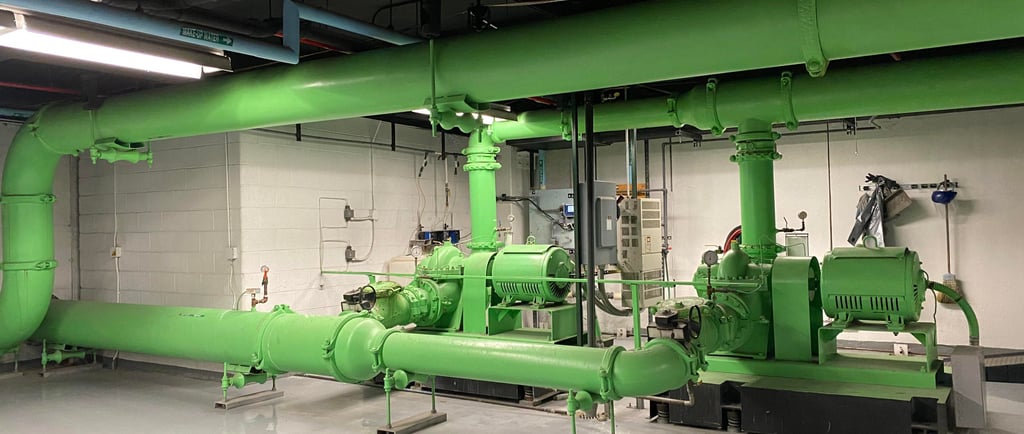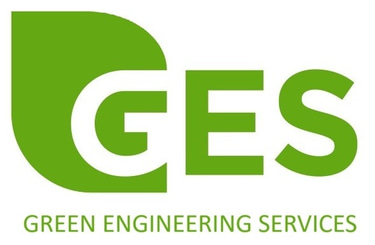NCC 2025 Section J: New HVAC Efficiency Rules Every Architect & Builder Needs to Know
Discover how NCC 2025 Section J reshapes HVAC design—new fan-power caps, insulation rules and electrification-ready plant. Learn key tips to stay compliant.
EA
7/3/20252 min read


The National Construction Code (NCC) is on its triennial refresh cycle, and the Public Comment Draft for NCC 2025 reveals the biggest shake-up to mechanical services since 2019. Section J now targets deeper energy cuts, future-proofing for electrification and tighter control of fan and duct losses. If your multi-residential or commercial project will lodge for approval in 2026 (date yet to be determined), the design decisions you make today must align with these changes.
1 Why the 2025 update matters
Applies to Class 2 common areas and Class 3 & 5–9 buildings.
Supports Australia’s Net-Zero 2050 goal and state-level gas-transition policies.
2 Headline changes for Mechanical (HVAC) design
Higher minimum fan efficiency – A single formula now applies to all fans above 125 W, with updated performance grades. Tip: Schedule fan models that meet the new η<sub>min</sub> curve; many legacy axial fans will fall short.
Fan-power-ratio (FPR) cap of 0.84 – You can comply per fan or on a fleet average. Tip: Allow larger ducts, premium impellers, or EC motors to stay under the cap.
Mandatory variable-speed/volume control – Required once fan input power exceeds the new threshold. Tip: Specify VSDs for virtually all supply and return fans above 1 kW to avoid throttling losses.
Clarified pipe & duct insulation (Clause J6D9) – Temperature bands have been revised for heat-pump systems. Tip: Expect thicker insulation on low-temp chilled-water lines and consult the new guidance for 29–45 °C heating loops.
Lower pressure-drop allowances – Relief louvres and door under-cuts now have maximum Pa limits. Tip: Re-check grille selections and coordinate free-area requirements with the architect early.
Tighter limits on flexible duct lengths – Keep flex tails short or switch to rigid spiral to avoid re-work at inspection.
Electrification-ready plant (Clause J6D10) – Boards, risers and plant areas must accommodate future conversion from gas to electric heat pumps. Tip: Allow spare breakers, cable trunking and roof zones now, and size risers for larger refrigerant lines.
3 Design implications & tips
Re-run your load models – greater duct pressure classes or wider ducts may change fan curves and plant kVA.
Plan for bigger switchboards – the electrification clauses require spare capacity equal to the gas load you’re installing now.
Coordinate early with architects – louvre free area, riser sizes, ceiling spaces and roof plant footprints will grow for compliance.
Select A2L-ready equipment – low-GWP refrigerants help future NABERS upgrades and meet Section J refrigerant benchmarks.
Document variable-speed logic – commissioning plans must prove turndown to satisfy the FPR method.
4 Timeline checklist
There is no confirmed compulsory start date for NCC 2025 yet…
The Australian Building Codes Board (ABCB) announced in March 2025 that publication and commencement would be delayed, and in a further update on 4 June 2025 stated that no decision has been made about the content, publication, or commencement of any future edition…
As a working guide, the code could be published in early 2026, followed by the usual six month preview period, with compulsory adoption likely later in 2026.
5 Key take-aways
Fan power and control are the biggest single focus; cheap constant-volume fans are effectively gone.
Insulation and electrification allowances link mechanical, electrical and architectural disciplines more tightly than ever – get everyone in the same BIM model early.
Starting with the new rules now avoids redesign costs and protects your Green Star pathway.
Need a Section J 2025 readiness review?
If you’d like a quick gap analysis of your current HVAC design against the upcoming code... contact our team today. We’ll flag compliance risks and highlight optimisation opportunities well before NCC 2025 becomes compulsory.
Citations:
Fan efficiency & FPR proposals – NCC 2025 Guidance Material: Fans (dcceew.gov.au)
Electrification-ready plant requirements – NCC 2025 Guidance Material: Electrification (dcceew.gov.au)
Pipe & duct insulation temperature clarifications – AIRAH response to NCC 2025 Public Comment Draft (excerpt) (airah.org.au)
Green Engineering Services
Small Australian company with big attention to detail.
We specialise in HVAC Mechanical Engineering. Through our trusted specialist partners, we also deliver:
Electrical
Hydraulics
Acoustics
Fire
© 2024. All rights reserved.
Green Engineering Services is a division of GreenEng Consulting Pty Ltd
